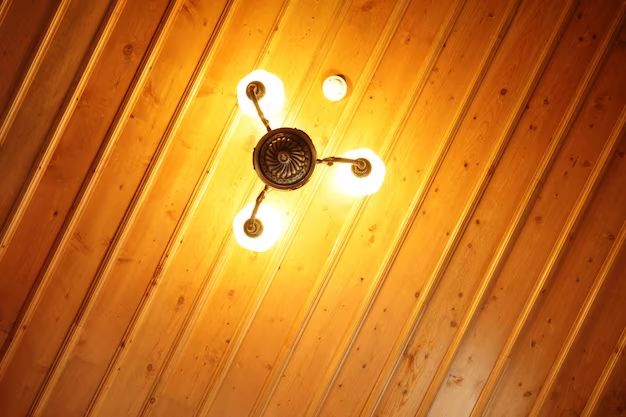Installing a heat lamp in your shower can provide a soothing and warm environment during your morning routine or help ease sore muscles after a workout. However, heat lamps require careful planning and safety considerations before installing in a wet location like a shower.
Page Contents
Benefits of a Heat Lamp in the Shower
There are several potential benefits to installing a heat lamp in your shower:
- Warmth – A heat lamp can warm up your shower to a consistent, comfortable temperature, even in a cold bathroom.
- Therapeutic heat – The infrared heat from a lamp can help relax muscles, increase blood flow, and ease pain and stiffness in the body.
- Spa-like experience – Sitting or standing under the glowing warmth of a heat lamp can provide stress relief and a spa-like atmosphere.
- Fog-free mirror – Positioning a heat lamp near your mirror can help prevent fogging while showering.
If you tend to feel cold while showering, have sore muscles, or want to create a tranquil, steaming shower space, a heat lamp can help provide those benefits.
Considerations Before Installation
While heat lamps can enhance your shower experience, there are some important factors to consider before installing one:
Moisture and Steam
Heat lamps are not designed to get wet. The steamy environment of a shower can damage the lamp components and wiring. Choose a fixture made specifically for damp locations.
Ventilation
Proper ventilation is crucial for reducing moisture and preventing mold growth. An exhaust fan controlled by a humidity sensor is ideal for actively removing excess moisture.
Temperature
Standard incandescent heat lamps can reach very high surface temperatures of 250°F or more. To reduce risk of burns, opt for a low-temperature, infrared bulb that warms without getting dangerously hot.
Location
Carefully consider the lamp position to get coverage where you want it. Wall or ceiling mounting typically works better than setting a floor lamp in your shower.
Safety Certification
Choose a cUL, ETL, or UL certified fixture rated for use in wet locations. Waterproof LED or infrared bulbs also reduce electrical hazards.
Recommended Heat Lamps for Showers
Here are some top options for safely and effectively adding heat lamps to your shower:
| Product | Key Features |
|---|---|
| Norwalk LDA51 1300W Low Temperature Heater | Low 135°F surface temperature, ceiling or wall mount, safety grille, wet location listed. |
| iLiving ILG8E18 Infrared Heat Lamp | Low-glare infrared bulb, 50,000 hour LED lifespan, durable chrome finish. |
| Dr. Infrared Portable Space Heater | 1500W electric fan heater, dual heating systems, tip-over and overheat protection. |
| Ambient Weather WS-32-WHITE Waterproof Heater | Wall mountable, 400W power, built-in adjustable thermostat, IP55 waterproof rating. |
Safety Tips
To safely install and use your new heat lamp, follow these precautions:
- Carefully follow all installation instructions.
- Only use bulbs compatible with the fixture’s recommended wattage.
- Place out of direct reach to prevent accidental burning.
- Check for dampness and mold buildup regularly.
- Run exhaust fan during and after showering.
- Never leave lamps unattended for extended periods.
- Check electrical components for signs of damage or corrosion.
- Have installation inspected by an electrician.
Maintenance
To keep your shower heat lamp running safely and efficiently:
- Use a dry cloth to wipe down the exterior when needed.
- Check that gaskets and seals are intact, especially in wet location fixtures.
- Inspect the wiring for damage. Replace components according to manufacturer specifications.
- Clean metal surfaces with a damp cloth and non-abrasive cleaner.
- Group relamping bulbs at 70% of rated life can help prevent issues.
- Call an electrician for any concerning electrical symptoms like flickering or buzzing.
Conclusion
The soothing infrared warmth of a heat lamp can turn an ordinary shower into a rejuvenating spa-like experience. However, the humid environment requires rigorous safety steps during installation and continuous monitoring for safe operation. Choosing suitable waterproof and low temperature fixtures, running adequate ventilation, and proper placement will allow you to enjoy the benefits of a heat lamp safely.
